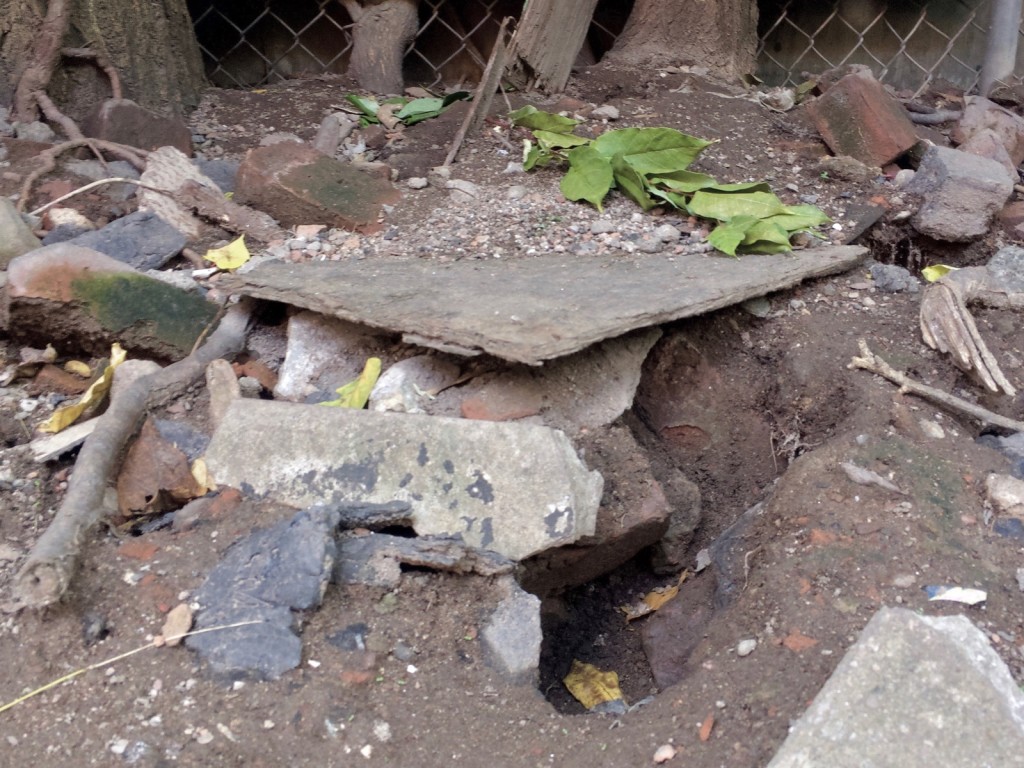Rat communication, adjusted for human hearing, makes for surprisingly musical listening. That’s right – you may enjoy the sweet serenade of an actual rat burrow on NYC’s Lower East Side.
The results: some fantastic ultrasonic interspecies live performance, and an indication of how much music we might imagine lies beyond traditional human hearing.
When we talk transhumanism or post-human art, we’re not kidding. Media artist Brian House has made projects out of machine learning and even acidic toxic waste from a mine. (I actually know Brian from having done a session for the New York Times R&D group.) But easily my favorite is urban intonation / rat radio.
In contrast to imagining sounds of the bleats of goats or the songs of humpback whales, your first – and very apt question – might be “wait, what do rats sound like?” Good question, because you’ve definitely never heard them. Rats do communicate vocally, but above the threshold of our human hearing (higher than 20 kHz).
So Brian has helped us out by pitch shifting ratspeak into our normal human vocal range. That involves the use of ultrasonic mics and digital manipulation; the first version used samples, but then he went to live radio. He tells us his livestream from a rat burrow underneath the Lower East Side is now back on the air and – frankly, this is definitely my new favorite radio station.
The results are to me fascinatingly musical – sounding at various times like the riffs of a practicing opera singer warming up, or an angular avant-garde alien jazz horn solo, or a more mournful cry. (I find this especially strange, as on a weird sound art project I was practicing imagining alien or interspecies vocalizations and came up with something a bit like this, suggesting I am indeed part rat. No surprise there.)
“Everything below 20 kHz is filtered out,” Brian tells us, “and there is a significant amount of noise filtering in addition to the pitch/time manipulation.” But otherwise, this is really the sound. “Anecdotally, the city rats are way more musical than lab rats,” he says. That makes some sense – rats in the wild presumably have more to talk about, especially in the heart of it all, rat nirvana Manhattan. (Makes me a bit homesick, really.)
Bizarre as it may seem, there’s a real program here – and the kind of interspecies awareness we may need as we face down global environmental calamity. As Brian writes:
Living under the paving stones, consuming our refuse, and incubating our diseases, the city rat is a ubiquitous part of global, urban capitalism. The revulsion rats inspire actually speaks of our closeness to them—rattus norvegicus burrows through the supposed human / nature divide. And just as we continually negotiate our place in a dynamic city, so have rats developed elaborate social codes intertwined with urban architecture and geography.
So sing on, rats. If we hear something like “so long, and thanks for all the pizza,” we may want to worry.
https://brianhouse.net/works/rat_radio/
Rat photo credit: CC-BY-SA Kai Schreiber.
